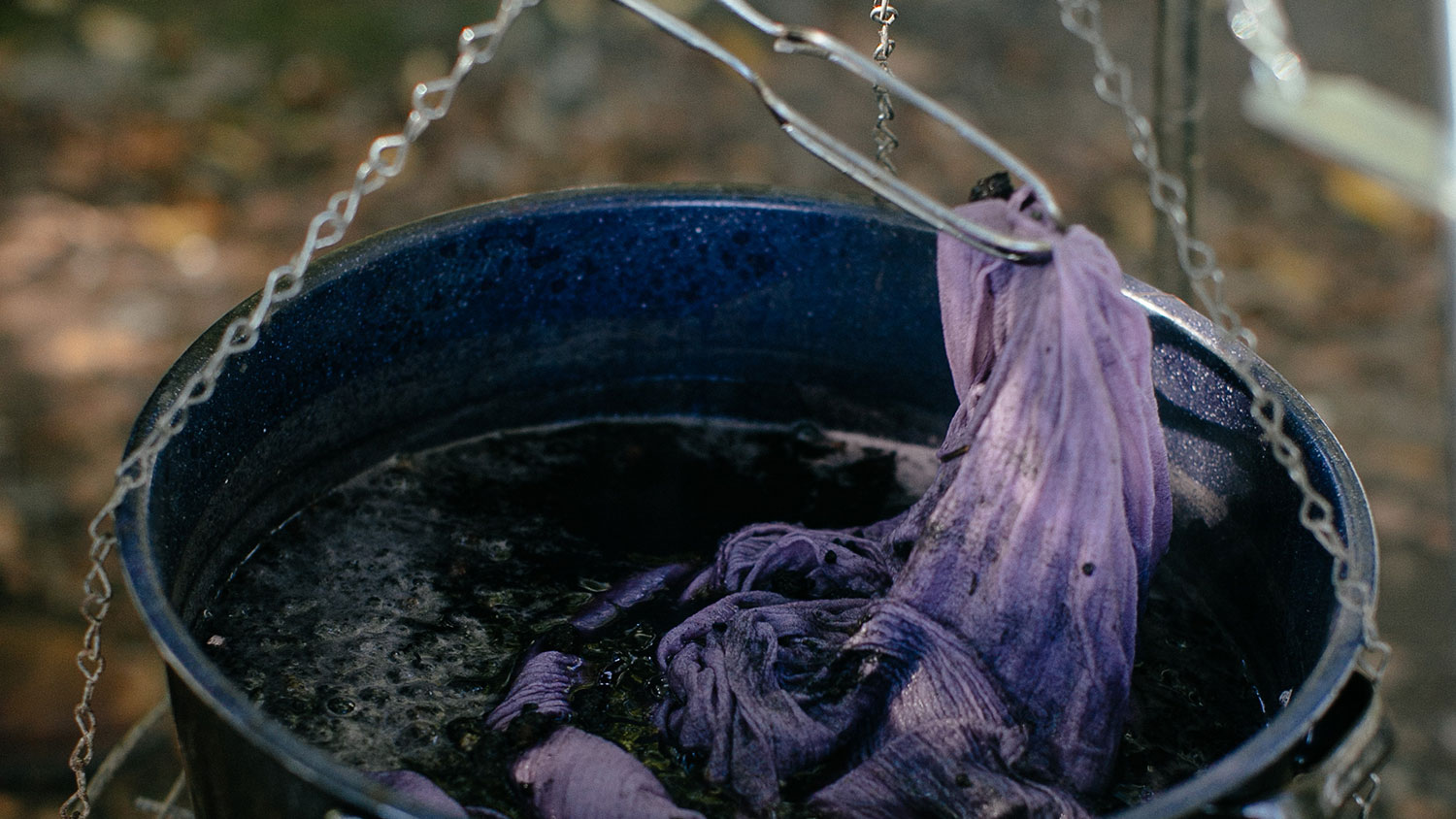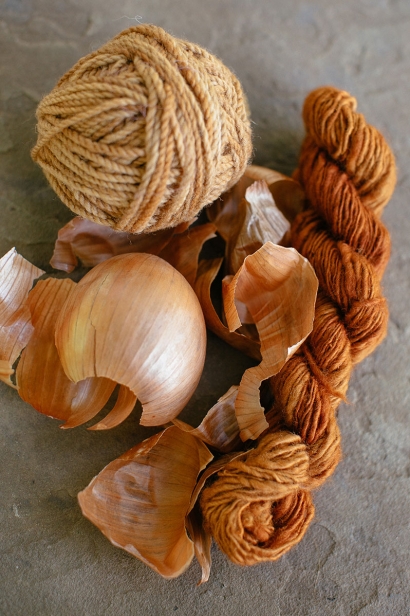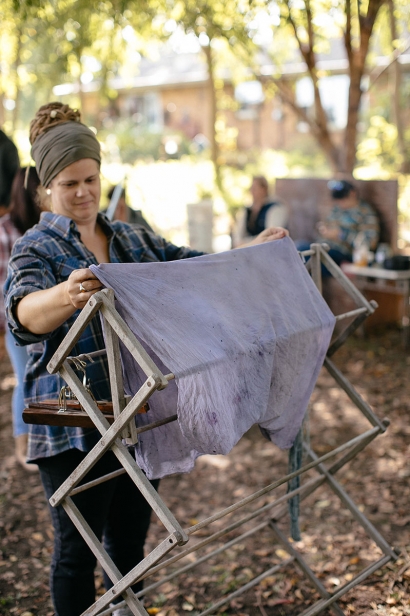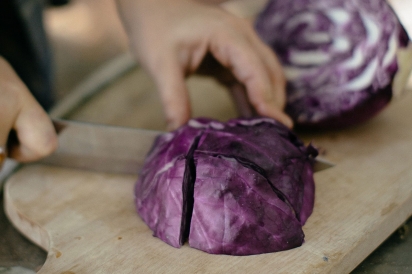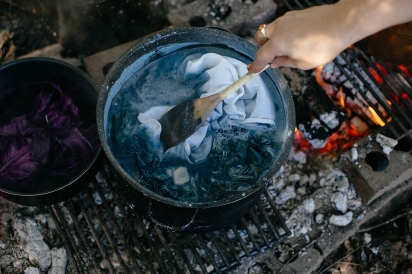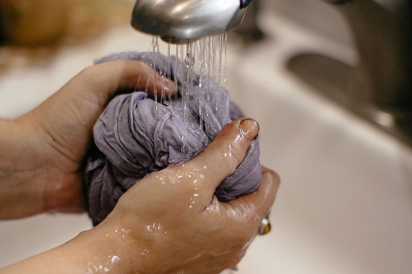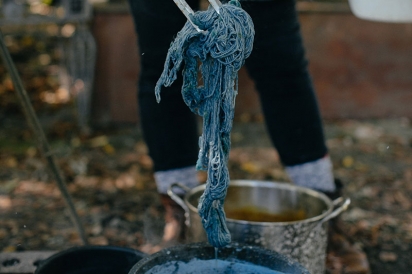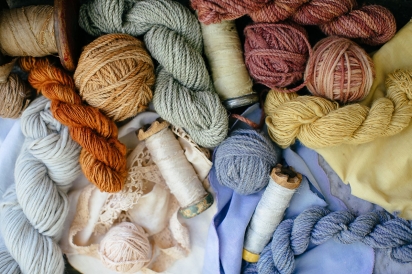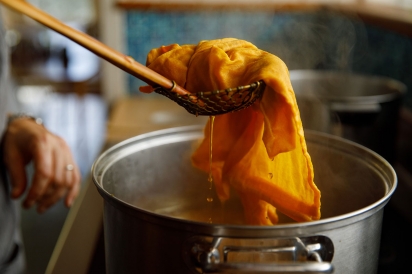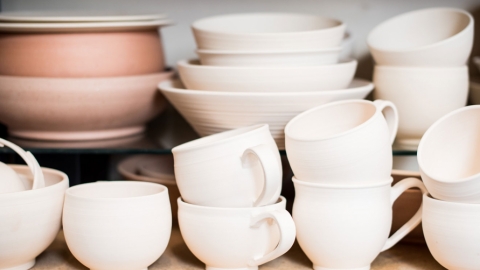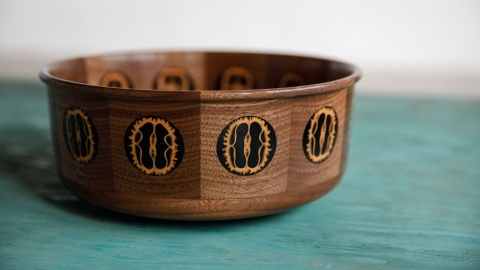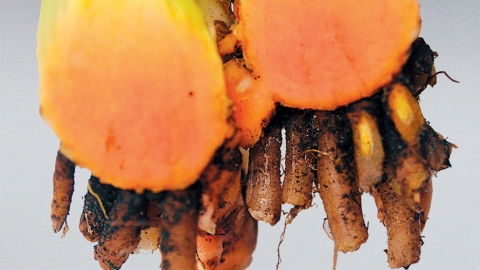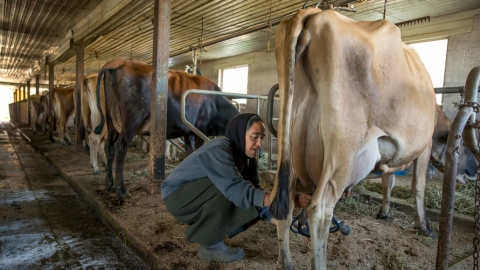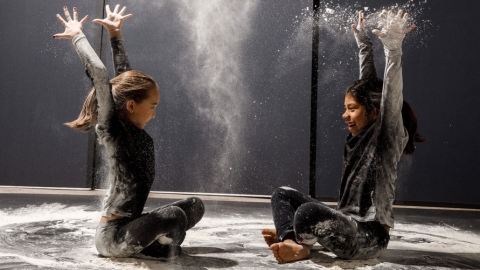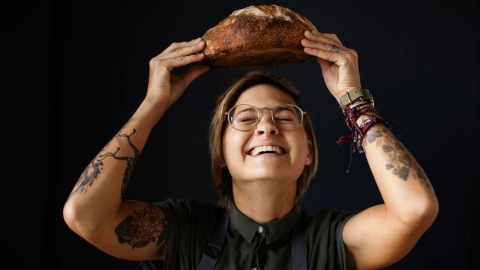Homegrown hues: Common plants create fantastic fabric dyes
Cook with a little yellow curry powder or chop a red beet and you’ll see rich color spill onto your spoon or cutting board. You might even stain your hands if you aren’t careful!
Before scientists figured out how to create synthetic dyes, colorful spices and vegetables, along with fruits, herbs and other plants, often were used to embellish clothes, blankets and other fabrics.
Returning to a slower, homegrown way of dyeing fabrics can be part of the “slow fashion” movement that parallels the trend of eating less processed and more locally grown food, says Carrie Beachey, an artist living in Middlebury, IN.
“Everybody’s kind of aware of the disconnect that we experienced with food, and kids no longer understanding where our food came from, and I think we’re seeing the same thing happen in fashion,” she says. “People just don’t think about or realize where our clothes come from and the extensive process that it takes to bring the textiles to us.”
Many common fruits and vegetables—often the parts people consider scraps—can be used to color fibers and fabrics. Yellow onion skins, which Beachey collects over time in a jar, create an orange dye. The water left from soaking dried black beans overnight gives fibers a bluish tint. Mulberries and pokeberries grow wild on Beachey’s property and she uses them for their pigment. Pokeberries often create a strong shade of magenta, while, depending on their ripeness, mulberries can produce mauve hues.
Beachey has also used walnuts, acorns, sumac cones and other plants she forages near her home. Turmeric, coffee, black tea and red rooibos tea also make good dyes, she says. Red beets, while known for their deep burgundy juice, actually do not make a good dye for fabric, Beachey notes.
Extracting pigment from the “dyestuff,” the items being used to produce a dye, is its own variable process. Once Beachey is ready to submerge fibers into a dyebath, a new series of choices can affect the final color.
The amount of dyestuff used to create the dye or the time something soaks in a dyebath can affect the vibrancy of the dyed color, but playing with the pH of the dyebath—making it more acidic by adding citric acid or making it more alkaline with baking soda, for example—can greatly alter the final color, Beachey says. Adding metals to the process also can transform the color. Acorns generally produce a shade of mauve, Beachey says. Dip acorn-dyed fabric into an iron wash, like water full of rusty nails, and the dyed spots instantly turn black.
For Beachey, experimenting with different materials and additives is part of the appeal of dyeing with natural items.
Fibers are made of either protein, like the wool from sheep or alpacas or the silk from silkworms, or cellulose, which comes from plant sources like cotton or hemp, she explains. Natural dyes tend to adhere better to protein fibers. Either way, natural dyes are not lightfast and will fade over time from washing.
That opens the door for more experimentation, says Beachey. Once something has faded, she can re-dye it a new color or try a different technique or design.
Beachey originally focused her art on painting, but in 2004 and 2005, as she was raising two babies, she found it easier to make time for fiber art. She started knitting and soon after took a dyeing class at a local yarn shop. Now, she is a natural dye expert and hosts “dye days” from time to time at her home to teach others.
She hopes to establish a dye garden, full of plants used especially for the process. Having learned to work nettle fibers into yarn, she is also interested in growing other plants for fiber, like hemp or even cotton, though it may not do well in northern Indiana’s climate, she says.
Beachey now does more teaching than making her own artwork. In recent years one of her favorite classes to offer is a “sheep to shawl” class for kids, where she buys a dirty fleece, the raw sheared wool of a sheep, and works with students to clean the wool, spin it into yarn on a spinning wheel or on a drop spindle, then weave or knit the yarn into something.
“I just want everyone to experience it,” she says. “I think it’s because I love it so much.”
Learn more about Beachey, her art and upcoming classes at artbycarriejoy.com


